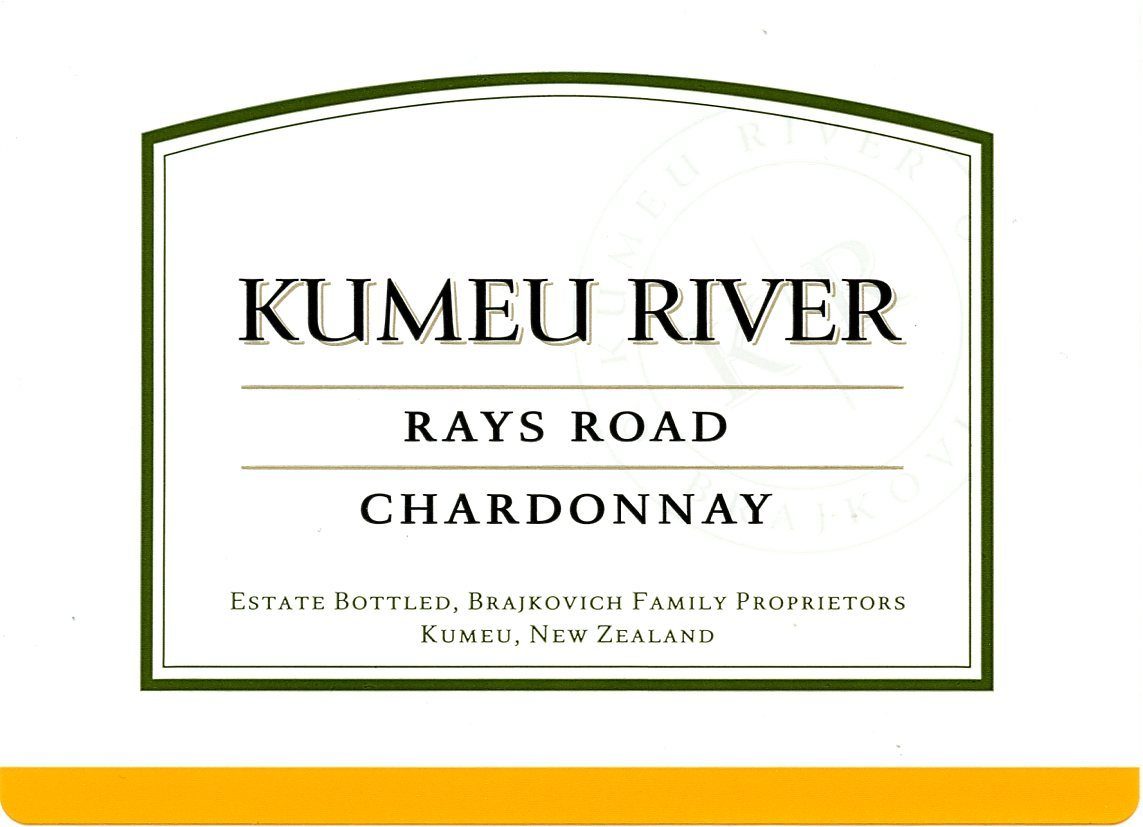
Kumeu River
Ray's Road Chardonnay, Hawkes Bay
Rays Road is one of Kumeu River's 4 single vineyard Chardonnays.This wine is produced from Kumeu River's only single vineyard located outside of the region of Kumeu. They purchased the Rays Road vineyard in 2017, which was established in 2008 by Pascal Jolivet from Sancerre, France and Trinity Hill of New Zealand. This property is located far inland of Hawke’s Bay in a lesser known sub-region and at a uniquely high elevation. It is quite exposed to the elements but these conditions seem to perfectly challenge the vines.
Vintage Factsheets
Rays Road is Kumeu River’s vineyard site in Hawkes Bay that was purchased in 2017. This limestone hillside is at 180 m altitude, with a northerly aspect. It is dry-farmed to yield high quality grapes for this single vineyard wine. The Rays Road Vineyard was established in 2008 by Pascal Jolivet from Sancerre, France and Trinity Hill of New Zealand.
- Region
- Kumeu
- Appellation
- Kumeu
- Varietal Composition
- Chardonnay
- Aging
- 11 months in French oak.
- Alcohol
- 13.5%
White flowers and lemon on the nose, with rich texture and vibrant acidity on the palate. The aroma immediately reveals the limestone flintiness and citrus that this vineyard is known for.
Wine Spectator
92 Points
2023
"Notes of toasted sesame seed and matcha add a savory thread to complement the intense lemon, pomelo and apricot flavors, with touches of crunchy Asian pear and lemon balm on the finish."
— MaryAnn Worobiec, 2025
Jancis Robinson
17 Points
2023
“Quite intense, bright fruit. Excellently aromatic. Almost pungent with a hint of putty. Lots of punchy fruit. Very complete with an appetising dry finish.”
— Jancis Robinson, 2024




